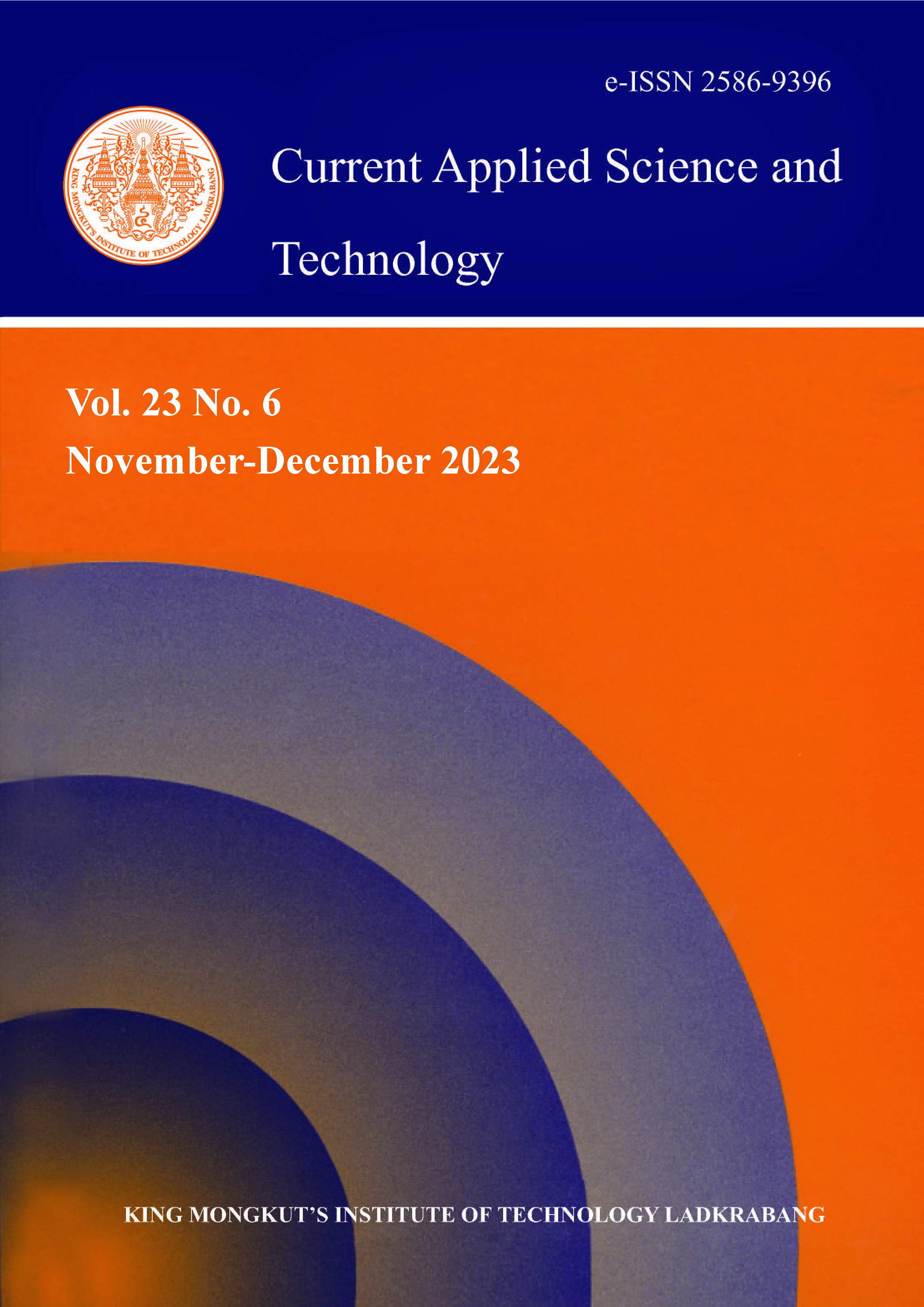This research explores the possibilities of using lunar soil resources in agriculture. The effectiveness of humic micro-encapsulated was investigated for physical and chemical quality improvement for lunar culture applications by using TLS-01 (Thailand artificial lunar regolith Simulant-01) as a test substance. Sunflower (Helianthus annuus L.) was used as the test plant. TLS-01 particles were evenly distributed, uncluttered, and consisted of 54.55% polygons and 45.45% rods, without having high water-holding capacity. The plants were grown in TLS-01, but their physical characteristics were unacceptable. Sunflower seedlings grown in TLS-01 soil showed a lower percentage of germination, and root and stem length compared to those grown in commercial planting material. After an improvement in physical properties and nutrients, from the study of the relationship between the soil used in the trial for planting and the humic acid concentration, no interaction between soil and humic acid was found. Therefore, while the soil types were significantly different, the humic was not. The results showed that a 1:1 mixture of TLS-01: coconut coir with the addition of 2 times the recommended dose of humic acid could enhance sunflower seedling relative to commercial planting material (p≤0.05). The germination percentage and growth indexes were 85.00% and 6.62, respectively. However, in order to stimulate actual usage for interplanetary application, coconut fiber-like materials and the humic substances were applied as in microcapsules. Additionally, the humic release test showed that after 6 h, the release of humic substance by Fickian diffusion was 73.45% and it then slowed down. The encapsulation efficiency was 90.37%.
Keywords: Thailand artificial lunar regolith simulant-01; sunflower; nanocapsule; coir; humic
*Corresponding author: Tel.: (+66) 891078814
E-mail: cwilawan@tu.ac.th
Jirasirichot, T. ., Tulyananda, T. undefined. ., Datmanee, P. undefined. ., Kraikaew, K. undefined. ., Surattaseranee, W. undefined. ., Chancharoen, W. undefined. ., & Chuaboon*, W. . (2023). Improving the Quality of Lunar Regolith Simulant Soil for Future Food Security. CURRENT APPLIED SCIENCE AND TECHNOLOGY, DOI: 10.55003/cast.2023.06.23.008 (15 pages). https://doi.org/10.55003/cast.2023.06.23.008

